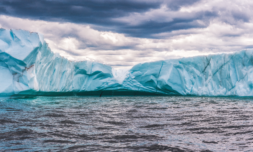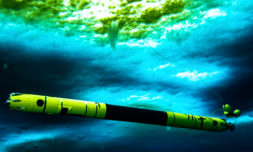As the world grapples with the ever-pressing issue of environmental degradation, an unexpected frontier comes into focus – Antarctica, where the alarming presence of contaminants challenges its ecology.
At the northern tip of Antarctica lies the Casey research station, one of the three biggest stations overseen by the Australian Antarctic Division.
The base has long provided a staging ground for scientists to research the region’s geology and polar seafloor. In recent years, the influence of climate change and the ecology of the Adelie penguins have also been studied there.
The pristine reputation of the continent, however, has been challenged by a recent study that found pollutants in the region where the research station is located. The study had Australian and Canadian scientists analyze marine sediment levels from 1977 to 2015 around Casey station. The shocking results revealed that the area was contaminated at levels that exceeded international guidelines.
The pollutants in the area were a mix of toxic metals, such as lead, copper, and zinc, and organic variations, such as PCBs, all of which are highly carcinogenic – compounds that have been internationally banned since 2001.
The contamination is not solely attributed to Casey but also the nearby Wilkes station which was established by the United States in 1957 and abandoned 12 years later. At the time of its closure, the facility had no way of properly disposing of its waste – leaving it exposed to the Antarctic environment, where it accumulated for decades.
One of the primary reasons for contamination in Antarctica is the inadequate waste disposal and management systems in place. Research stations, which are essential for scientific studies, tend to accumulate large quantities of waste, fuel spills, hazardous materials, and even sewage.
Due to the extreme climate and isolation of these stations, waste disposal is a significant logistical challenge. As a result, some stations resort to outdated or makeshift waste disposal methods, such as open-air burning or burying waste in shallow pits, which can release harmful chemicals into the environment and lead to long-term contamination of fragile ecosystems.
In fact, in 2014, experts discovered the presence of Hexabromocyclododecane (HBCD) in wildlife as a result of the collective discharge of chemicals from research bases across the continent. At this time, everywhere scientists looked, from dust to penguins, HBCD was present. The issue, nevertheless, received limited media attention, causing it to go largely unnoticed and be overlooked.
Other instances have shown that the emission of chlorofluorocarbons (CFC) caused a severe depletion of the ozone layer above the continent. Hence, with increasing heat infiltrating Antarctica, pollutants that were previously confined to the snow and ice have found pathways to circulate throughout the broader environment and impact global ecosystems.




















